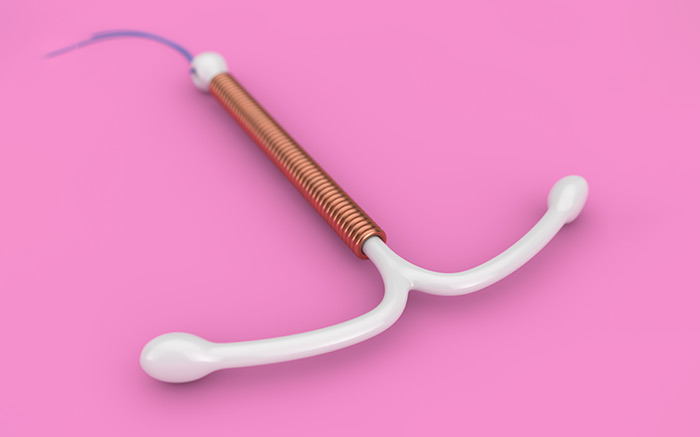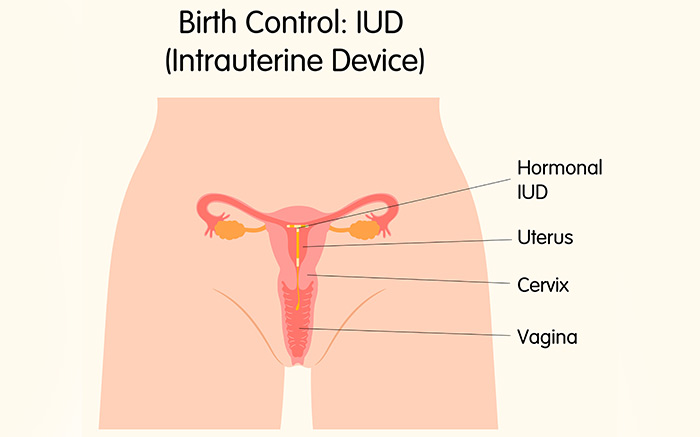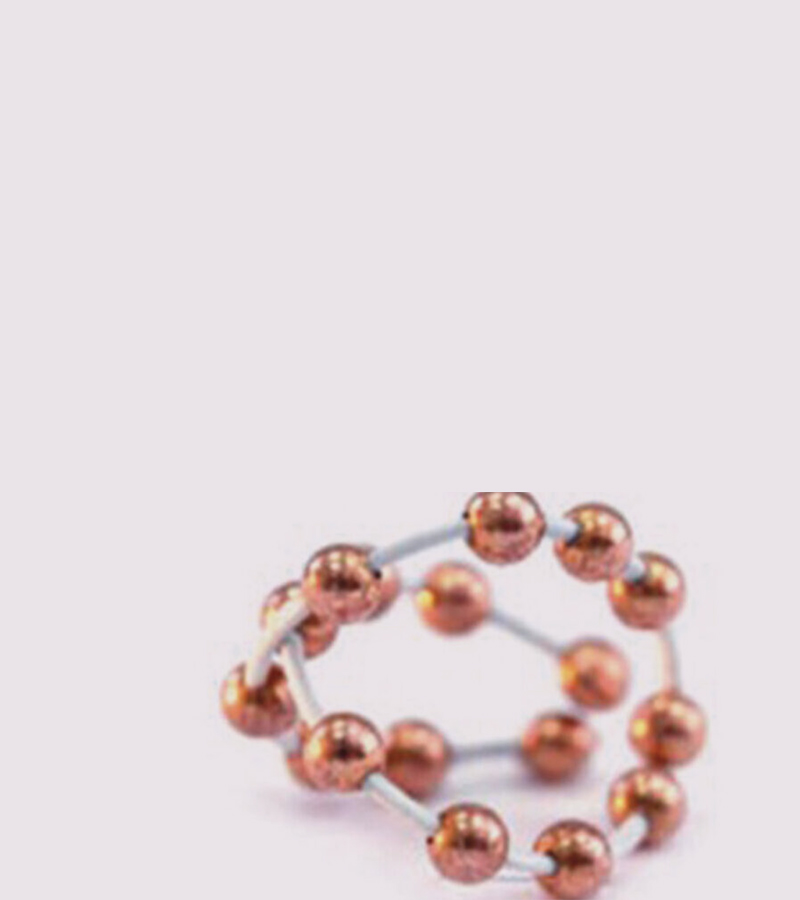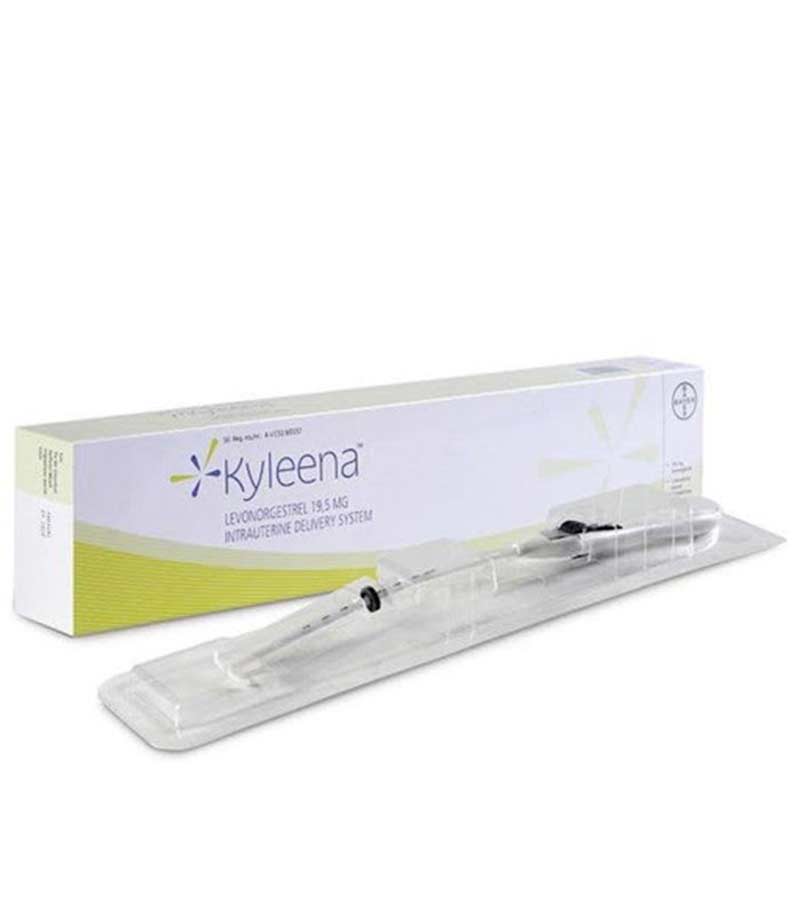The Mirena Coil is more than 99% effective as a contraceptive. It is not only used as contraception, but for the last 25 years, Gynaecologists have used the Mirena coil to treat heavy menstrual periods, reduce the pain of adenomyosis, and help settle the symptoms of premenstrual syndrome. I also used the Mirena coil as progesterone support for the menopause.
The Mirena Coil is similar to other IUDs, but instead of releasing copper to stop a pregnancy developing, it releases a progesterone into the uterus. Progesterones will thicken the cervical mucus and thin the lining of the uterus.
The major advantage of the Mirena coil is that it will work for 5 years. Periods often become lighter, and can stop completely. This is normal. Once removed, it is possible to become pregnant.
If you are over 45, when the Mirena Coil is fitted, it can be left in until the menopause.
Fitting is straightforward, and takes approximately five to ten minutes, following a consultation. I have specialized in Mirena Coil fitting in London for over a decade.
- An effective contraception, and last for five years.
- An effective treatment of heavy periods and premenstrual syndrome.
- Provides endometrial protection during the menopause.
- A small T-shaped device containing levonorgestrel.







